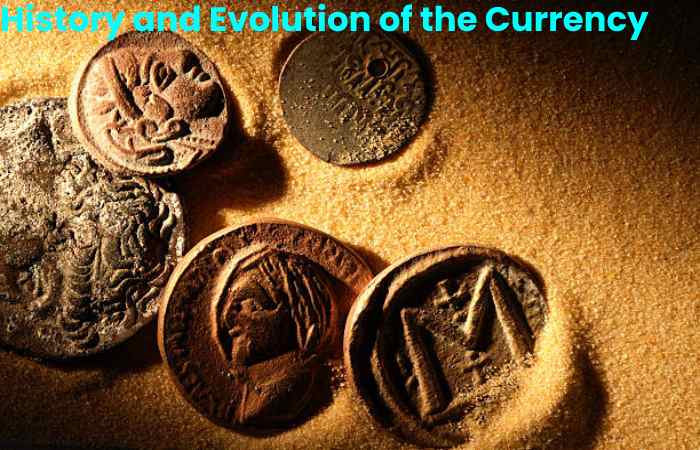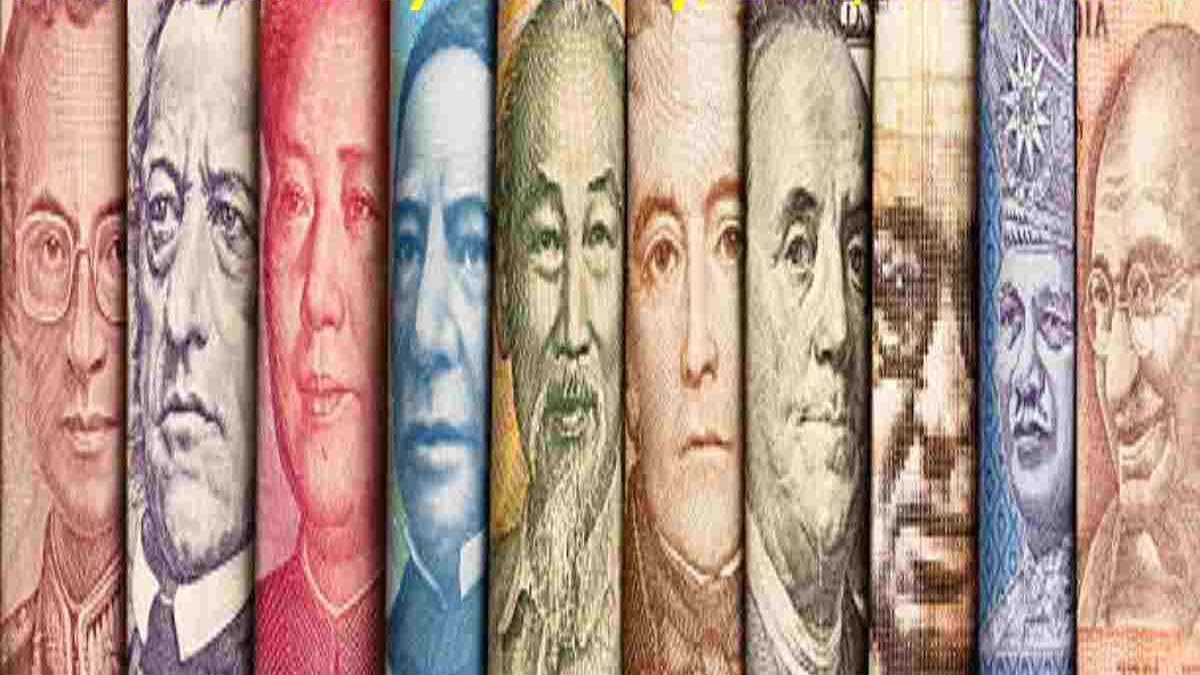Table of Contents
What is Currency?
Currency is a term that comes from Latin, and that refers to the piece of gold, silver or other metal that, in the shape of a disk and mint with various reasons to prove its value and legitimacy, use as a means of exchange ( money ).
We can also define currency as those disk-shaped metal instruments that serve as a form of payment in any transaction and to which all prices refer.
Before continuing with the history of money and its evolution, it should note that we will explain the differences between currency and currency at the end of the article. Two very similar concepts, but not continue the same.
History and Evolution of the Currency

The origin of the currency goes back to the first civilizations of merchants in Asia Minor and Babylon to value the consideration received from the traffic of goods. It’s as history teaches us, once trade is no longer used as the primary form of exchange, the currency becomes essential because it creates an instrument of value to quantify goods and services.
So much so that coins have been pure precious metals for most of their history, such as gold, silver, bronze… Thus creating a direct way of valuing merchandise concerning the base estimation elements. Such as precious metals. This is what is known as intrinsic value. The coin is worth something because it is made of precious metal, which has value.
Uses of Currency
It is legally used in any country such as Spain, where it is the Euro, the United Kingdom. It’s where they have the pound sterling or the USA, where it is the dollar.
Formerly they use goods such as, for example, a goat as currency, although in 12,000 BC, obsidian was used as currency in Anatolia (Turkey). The money officially as such began in China, between 600-200 BC in the Zhou dynasty, where they used as coins that shape like knives and in Lydia under the reign of Croesus.
Today virtual currency is using, for example, Bitcoin or Ethereum.
Its advantages are that the payments made are instantaneous, and the taxes on transactions with virtual currencies are negligible.
The main advantage is the security and privacy of users when they have them, although it also has its risks as you need the Internet to use them.
The value of virtual currencies ensure by the supply and demand of other users; countries like Venezuela or Bolivia prohibit cryptocurrencies by dismantling their mining and arresting people for illicit economic progress.
The currency is one of the indicators of the prosperity and strength of a country. However, this is less and less true with globalization since other factors, such as global positioning and international relations, come into play.
Difference Between Coin and Currency
A familiar doubt regarding the concepts of difference between currency and currency. They are indeed very similar concepts, and sometimes, they use as synonyms. However, its meaning can be different according to the following two points.
When referring to physical money, we use (or bill). For example, we can convert a 2 euro coin for two one euro coins. On the conflicting, when we refer to electronic money, we usually use the concept of currency.
Another difference is that the concept of a refers to a foreign currency, while the is a more overall concept. However, it is mutual to use the concept of foreign currency as a synonym for foreign.
Conclusion
Subsequently, the meaning has been changing. At the same time that saleable exchanges were growing globally, precious metals were scarce, which is why a new way of creating money originate. It’s the 19th century, associating coins of other metals with no value of their own to gold and silver reserves. It the currency endorsed by the possessions that had made up the money until then.
The currency is worth it because it has an inevitable counterpart in precious metals. Thus, before this system. It’s a coin corresponding to a certain amount (grams) of gold or silver, while during this system. what attempt was an equivalence between assets? For example, a 3 English pound coin correspond. It’s half a kilo of gold, or similar in Spain, where 10 pesetas communicate to a certain amount of gold.
Several have had another coin valuation system. It agrees to the value people give to that coin without being. Its anchor to precious metals or other forms of valuation. It call fiduciary money, that is, that currency. It does not have any precious asset as its counterpart but based on the trust and good faith that people (all agents) deposit in it.
Also Read: What is PayPal? – Advantage, Origin, Work and More

